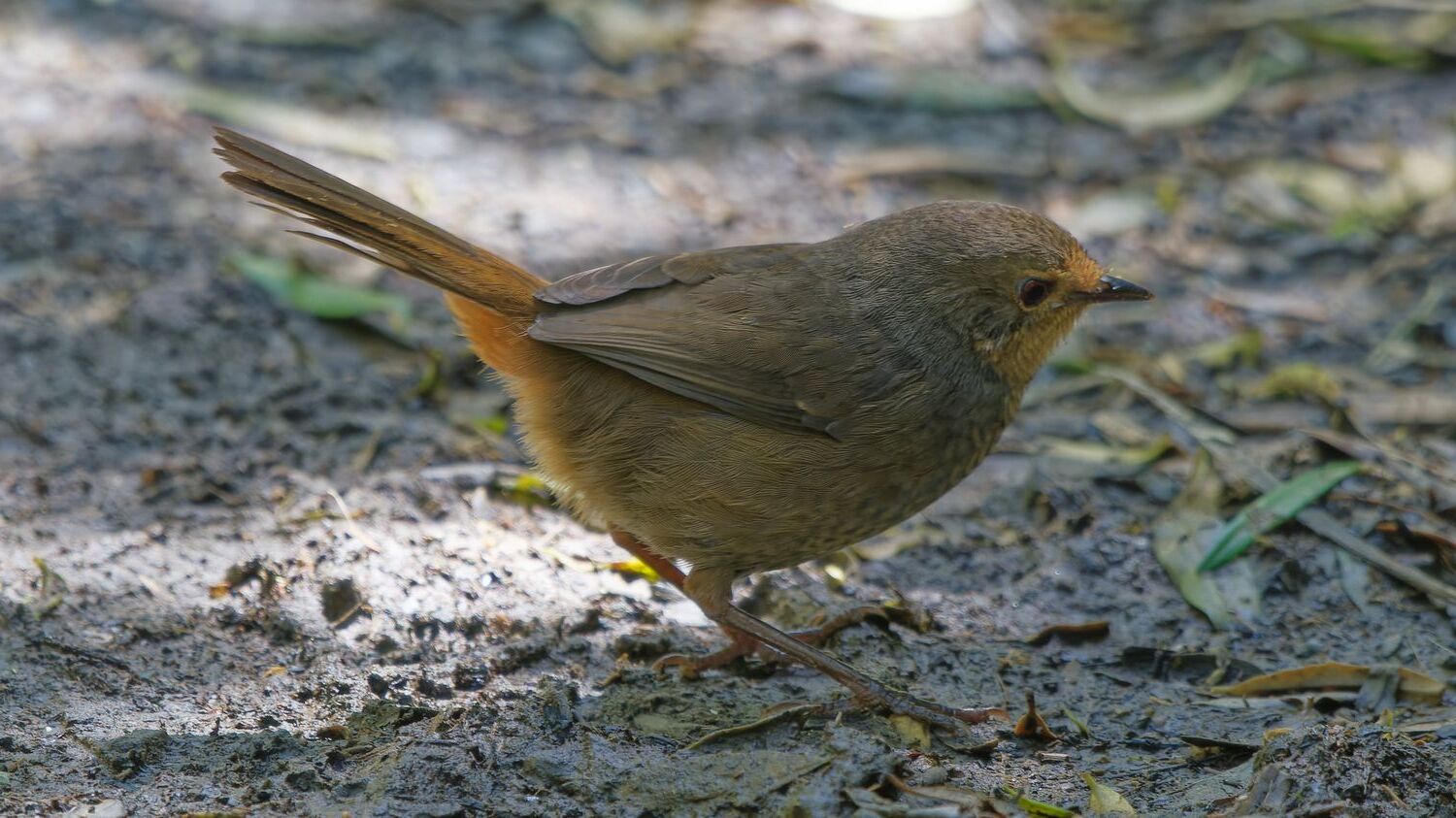
Ever wondered about the fascinating world of the Pilotbird? This unique bird, native to Australia, holds many secrets waiting to be uncovered. Known for its distinctive call and elusive nature, the Pilotbird is a true gem of the avian world. But what makes this bird so special? From its habitat in dense forests to its intriguing behaviors, there's much to learn. Whether you're a bird enthusiast or just curious about nature, these 17 facts will give you a deeper appreciation for this remarkable creature. Ready to dive in and discover more about the Pilotbird? Let's get started!
What is a Pilotbird?
The Pilotbird is a small, elusive bird native to Australia. Known for its unique behaviors and distinct appearance, it has fascinated bird watchers and researchers alike. Here are some intriguing facts about this remarkable bird.
Habitat and Distribution
Pilotbirds are primarily found in the dense undergrowth of forests and woodlands. Their habitat preferences and distribution patterns are quite specific.
- Pilotbirds are endemic to southeastern Australia. They are not found anywhere else in the world, making them a unique part of Australia's avian diversity.
- They prefer dense, shrubby undergrowth. This provides them with ample cover and food sources, making it an ideal habitat.
- Pilotbirds are often found in temperate rainforests. These environments offer the moist, sheltered conditions they thrive in.
- They are also present in wet sclerophyll forests. These forests have a mix of eucalyptus trees and dense undergrowth, suitable for Pilotbirds.
Physical Characteristics
Pilotbirds have distinct physical traits that set them apart from other birds. Their appearance is both charming and practical for their lifestyle.
- Pilotbirds have a distinctive brown and grey plumage. This coloration helps them blend into their forest surroundings, providing camouflage from predators.
- They possess a short, stout bill. This is ideal for their diet, which consists mainly of insects and other small invertebrates.
- Pilotbirds have strong legs and feet. These adaptations are crucial for their ground-dwelling habits, allowing them to forage effectively.
- Their eyes are large and dark. This feature enhances their vision in the dimly lit undergrowth where they spend most of their time.
Behavior and Diet
Pilotbirds exhibit fascinating behaviors, particularly in their feeding and social interactions. Their diet is also quite specialized.
- Pilotbirds are primarily insectivorous. They feed on a variety of insects, spiders, and other small invertebrates found in the leaf litter.
- They are known for their ground-foraging habits. Unlike many birds, Pilotbirds spend a lot of time on the forest floor, searching for food.
- Pilotbirds are solitary or found in pairs. They are not typically seen in large flocks, preferring the company of just one or two other birds.
- They have a distinctive call. Their vocalizations are often described as a series of high-pitched whistles, which they use to communicate with each other.
Reproduction and Lifespan
Understanding the reproductive habits and lifespan of Pilotbirds provides insight into their life cycle and survival strategies.
- Pilotbirds build their nests close to the ground. This keeps them hidden from predators and sheltered from harsh weather conditions.
- Their nests are made from twigs, leaves, and other plant materials. These materials are readily available in their forest habitats.
- Pilotbirds typically lay 2-3 eggs per clutch. This small number of eggs ensures that they can provide adequate care and protection for their young.
- The incubation period lasts about two weeks. During this time, the female Pilotbird stays close to the nest, keeping the eggs warm and safe.
- Pilotbirds can live up to 10 years in the wild. This relatively long lifespan allows them to reproduce multiple times, contributing to the stability of their population.
Final Thoughts on Pilotbirds
Pilotbirds, with their unique behaviors and fascinating traits, truly stand out in the avian world. These small, elusive birds are known for their incredible ability to mimic sounds, including other bird calls and even human-made noises. Found primarily in the dense forests of Australia, they play a crucial role in their ecosystem by helping to control insect populations.
Their nesting habits are equally intriguing, often building nests in hidden, hard-to-reach places to protect their young from predators. Despite their small size, pilotbirds exhibit a remarkable level of intelligence and adaptability, making them a subject of interest for bird watchers and researchers alike.
Understanding these birds better not only enriches our knowledge of avian species but also highlights the importance of preserving their natural habitats. By protecting pilotbirds, we contribute to the overall health and balance of our environment.
Was this page helpful?
Our commitment to delivering trustworthy and engaging content is at the heart of what we do. Each fact on our site is contributed by real users like you, bringing a wealth of diverse insights and information. To ensure the highest standards of accuracy and reliability, our dedicated editors meticulously review each submission. This process guarantees that the facts we share are not only fascinating but also credible. Trust in our commitment to quality and authenticity as you explore and learn with us.


